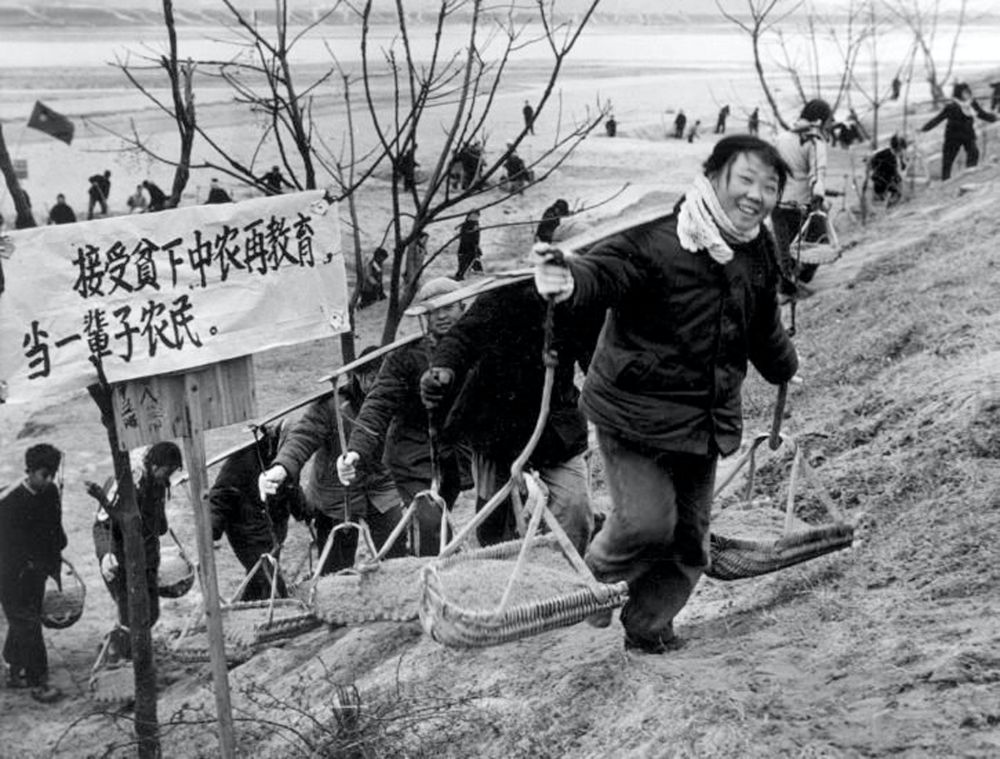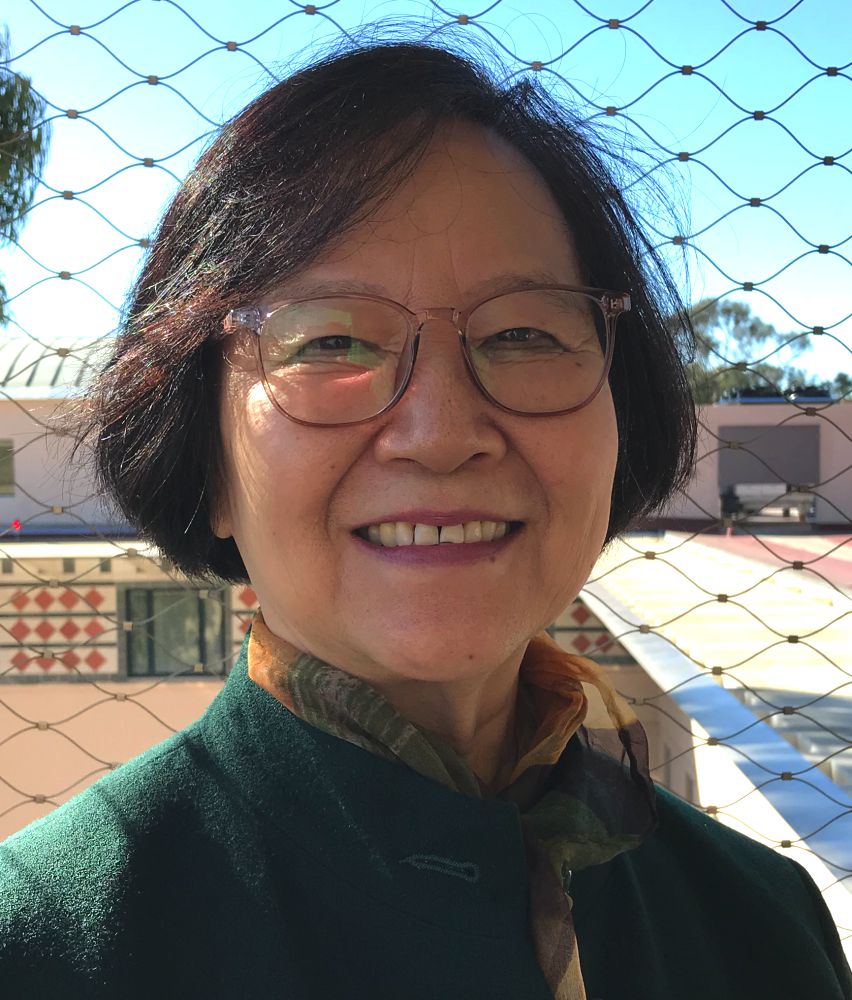
‘Across the Great Divide'


From 1968 to 1980 the People’s Republic of China began a program that would send 17 million urban young people to rural communities for “re-education” — by laboring on village collectives or state farms.
The plight of what are known as the “sent-down youth” has been chronicled in books, films, art exhibits and more. Those accounts, however, largely centered on the victimization of the urban youth.
But a new book, “Across the Great Divide: The Sent-Down Youth Movement in Mao’s China, 1968-1980” (Cambridge University Press) provides a strikingly original assessment of Mao Zedong’s plan to ease unemployment in the cities and to provide labor to impoverished communities in far-flung regions of China. Drawing on previously unseen archives from remote rural areas, Xiaojian Zhao, a UC Santa Barbara professor of Asian studies, and Emily Honig, a professor of history at UC Santa Cruz, show how local officials, the youths and their parents worked to undermine the defining feature of the Cultural Revolution.
“The previous literatures are all from an urban perspective,” said Zhao, who at 16 was sent from Shanghai to a distant village in Jiangxi province, where she lived for seven years.
“Across the Great Divide” rewrites the history of the sent-down youth from a different angle. Rather than simply a tale of exploitation and victimization, Mao’s grand scheme is revealed as a failure in the documents that Zhao and Honig discovered in county archives in remote provinces.
The many problems with the sent-down youth movement were no secret to Zhao, who had the rare good fortune to return to Shanghai and attend college at 24. The logistical problems of transporting millions of reluctant youths to distant communities, shortages of housing and food, and cultural conflicts between displaced urbanites and local peasants plagued the movement from its inception.
Officially, though, the central government portrayed the movement as a great success, and any problems were laid at the feet of local “cadres.”
“When people hear this word they just think those are all-powerful government officials,” Zhao noted. “But most of the cadres were heads of village production brigades. Those were low-level officials who were selected by the villagers; they were not even on government payroll.”
The cadres, however, made easy scapegoats.
“The locals were the ones to be blamed,” Zhao said, reciting their supposed faults. “They did not provide the urban youth enough food, adequate housing and health care, and they did not help the youth to make a living. And the worst of all, they were depicted later as abusers of sent-down youth. The abusing of sent-down youth eventually became a central theme of the sent-down youth movement in literature, art work and films.”
The cadres and local officials, meanwhile, reported the many problems with the movement and began to tell the government they had no solutions to such problems.
“They reported that some of the problems they tried to solve were impossible,” Zhao explained. “They stated it was ‘a problem that could not be solved’ repeatedly towards the later time period because poor conditions and poverty were part of rural reality.” These reports, written by officials at the grassroots, Zhao said, “provided information for government leaders, those who formulated the policies. If problems encountered by the urban youth in the countryside could not be solved by rural communities, the only way to go was to end the program and to send [the youth] back to cities.”
“The urban-rural divide restricted geographic mobility,” Zhao explained. “The household registration system prevented rural people from relocation in the city. It’s almost like migration to another country. Once you gave up your residence, you were no longer a member of the city and were not entitled for employment; reversing the situation was extremely difficult in those days.”
By the time Mao died in 1976, the movement, Zhao said, had slowed to a crawl, with both rural and urban officials finding creative ways to assist urban youth to leave villages. The central government officially ended the entire program in 1980 after youth on state farms protested.
For most of the sent-down youth, the official ending of the program came too late. Because of the Cultural Revolution, most youth of Zhao’s generation never had the opportunity to go to college.
Luckily, Zhao was able to go to college by taking the first entrance exam after the Cultural Revolution. She liked to study math. Knowing that she couldn’t compete with those who finished high school, however, she applied for social science and was admitted to Fudan University, which came with a ticket for her to return to her hometown in Shanghai. She was, by any measure, an extremely unlikely college student. Before she was sent down, her education had ended in elementary school. “I was very lucky,” she said.
“Of course I was there,” Zhao said, “but this book is not about what had happened to me. I would not say that my experiences did not matter. They did and still do. Moving from the comfort of Shanghai to an impoverished rural area as a teenager allowed me an understanding of privilege and inequality, and both are central concerns of my current work.
“As a social historian and an ethnic studies scholar,” she continued, “I study the formation of social hierarchies based on race, gender, class and immigration status in the United States, which have greatly influenced my perspectives of the sent-down youth movement.”
The new book argues that it was the great regional divide in Mao’s China, widened by unequal distribution of material resources under the central planning policy, that privileged urban centers at the expenses of rural communities. “The sent-down youth movement did little to compromise such a divide,” Zhao said. “If anything, it perpetuated the gap between urban and rural people.”



